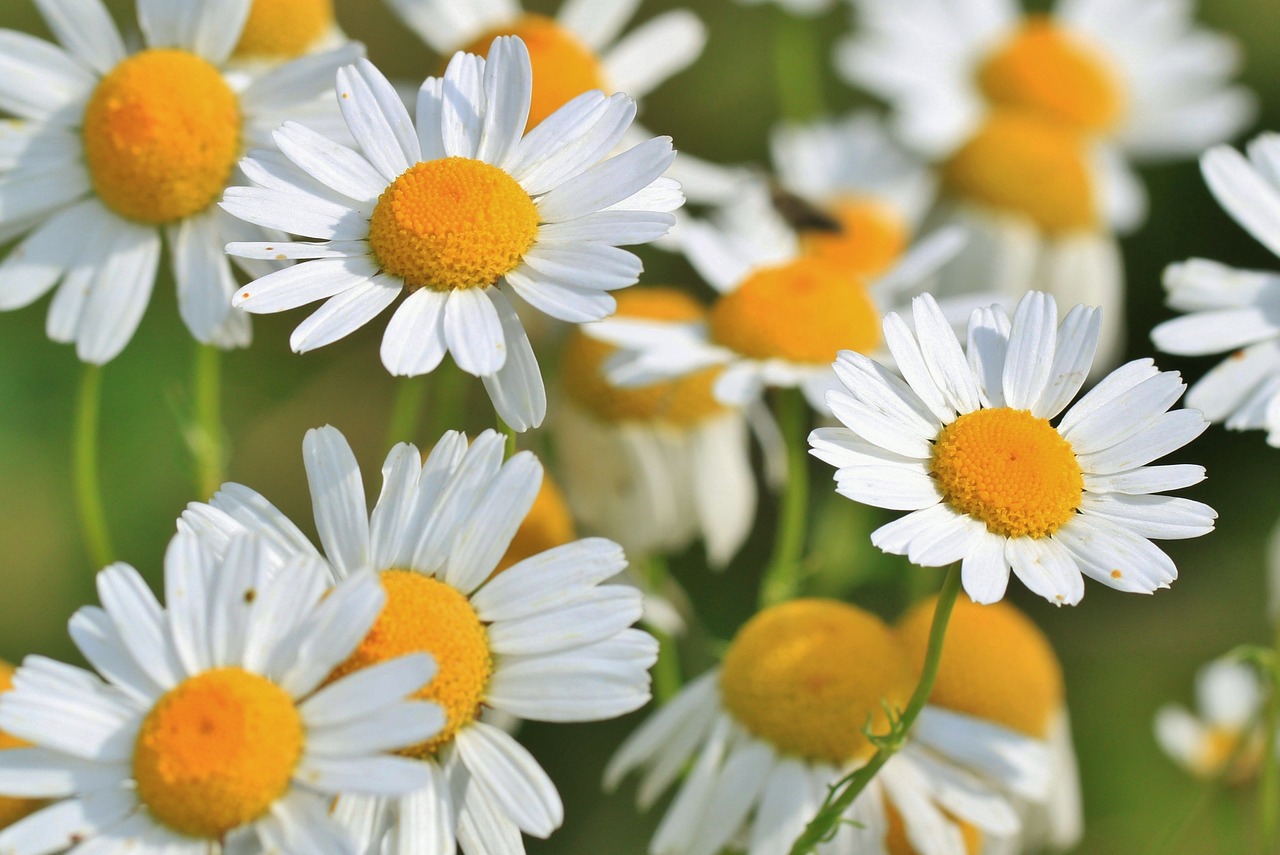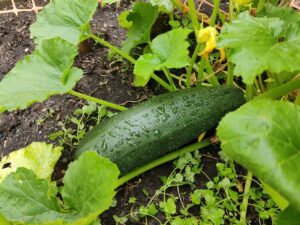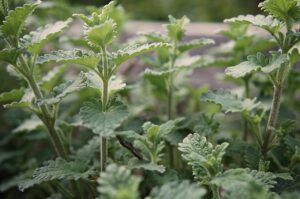Growing Chamomile: A Step-by-Step Guide
Chamomile is a popular herb with a variety of uses, from soothing teas to home remedies. If you’ve ever wondered how to grow chamomile, you’re in the right place. In this detailed guide, we’ll walk you through everything you need to know, from how to plant chamomile and grow it indoors to how much sunlight it needs and how to harvest it for tea. So, let’s dive into the world of chamomile varieties, chamomile plant care, and chamomile companion plants.
Chamomile Varieties

The following chamomile varieties offer a range of options for gardeners and herbal enthusiasts alike. Our varieties can be purchased here: Chamomile Seeds.
- German Chamomile (Matricaria recutita): An annual plant with a tall, bushy growth habit, German chamomile produces abundant, small daisy-like flowers. Its high essential oil content makes it ideal for tea and herbal remedies.
- Roman Chamomile (Chamaemelum nobile): A perennial plant with a low, creeping growth habit, Roman chamomile has fewer, slightly larger flowers compared to German chamomile. Often used as a ground cover, it’s suitable for rock gardens and pathways.
Roman Chamomile - Dyers’ Chamomile (Anthemis tinctoria): A perennial plant with bright yellow flowers, dyers’ chamomile grows 1-3 feet tall and is often used as a natural dye source. Its medicinal uses are less common.
- Egyptian Chamomile (Matricaria chamomilla): A close relative of German chamomile, this annual plant has a similar appearance but a slightly sweeter flavour. It’s commonly used in teas and herbal remedies.
- Pineapple Weed (Matricaria discoidea): A hardy, annual wild chamomile variety, pineapple weed has yellowish-green, cone-shaped flowers and a distinct pineapple scent. Its milder flavour makes it suitable for tea.
How to Grow Chamomile from Seed
Growing chamomile from seed is an economical and gratifying way to start your garden. To ensure success, consider the following in-depth steps:
- Prepare the soil: Chamomile thrives in well-draining soil with a pH between 5.6 and 7.5. To prepare the planting area, loosen the soil to a depth of 6-8 inches and mix in compost or aged manure to enhance drainage and fertility.
- Time your planting: For optimal results, plant chamomile seeds outdoors in spring after the last frost or start them indoors 4-6 weeks before the final frost date.
- Sow the seeds: Scatter the seeds evenly on the soil surface and gently press them down. Do not cover the seeds with soil, as they need light to germinate.
- Maintain optimal conditions: Keep the soil consistently moist but not waterlogged. Maintaining a temperature between 60-70°F (15-21°C) will promote the best germination results. Expect seeds to germinate within 10-14 days.
How to Plant Chamomile: Transplanting Tips & Techniques
Once your chamomile seedlings reach about 2 inches tall, it’s time to transplant them outdoors or into larger containers. Follow these steps for successful chamomile transplanting:
- Harden off seedlings: Gradually expose indoor-grown chamomile seedlings to outdoor conditions over a week. This process helps them acclimate to the new environment and prevents transplant shock.
- Choose the right location: Select a sunny spot with well-draining soil for your chamomile plants, as they need at least 6-8 hours of direct sunlight daily to thrive.
- Prepare the planting area: Loosen the soil and add compost or aged manure if necessary, ensuring the area has the same soil quality as where the seeds were initially grown.
- Space the plants: Allow for adequate air circulation and growth by spacing chamomile plants about 8-12 inches apart.
- Transplant the seedlings: Gently remove the seedlings from their containers, taking care not to damage the roots. Plant them at the same soil depth as they were in their original pots, and water them thoroughly to help them settle in.
Chamomile Plant Care: Essential Tips for Healthy Growth
To ensure your chamomile plants remain healthy and vigorous, it’s crucial to provide proper care. Here are some essential tips for chamomile plant care, covering watering, fertilizing, pruning, and more:
- Watering: While chamomile is relatively drought-tolerant, it still requires consistent moisture for optimal growth. Water the plants regularly, ensuring the soil remains moist but not waterlogged. Allow the top inch of soil to dry slightly between waterings to prevent root rot. It’s best to water chamomile plants in the morning, giving the foliage time to dry throughout the day, which helps reduce the risk of fungal diseases.
- Fertilizing: Chamomile doesn’t demand heavy fertilization, but providing some nutrients can encourage healthy growth. Apply a balanced, organic fertilizer, such as compost or well-rotted manure, in the spring when new growth emerges. Alternatively, use a slow-release granular fertilizer or a liquid fertilizer diluted to half-strength every 4-6 weeks during the growing season.
- Pruning: To promote bushy growth and prevent legginess, regularly trim chamomile plants. Pinch back the tips of the stems when the plants are about 6 inches tall, removing about 1-2 inches. This encourages branching and stimulates more flower production. Continue to pinch or trim the plants every few weeks to maintain a compact shape and encourage continuous blooming.
- Pest and disease control: Keep an eye out for common pests, such as aphids and spider mites, and treat infestations promptly using organic or chemical control methods. Chamomile is generally resistant to diseases, but practicing proper watering techniques and providing good air circulation can help prevent issues like powdery mildew and fungal infections.
- Deadheading: Regularly remove spent chamomile flowers to encourage further blooming and prevent the plants from self-seeding. Deadheading also helps maintain a neat and tidy appearance.
How to Grow Chamomile Indoors
Growing chamomile indoors is an excellent option for those with limited outdoor space. To grow chamomile indoors, follow these steps:
- Select a suitable container: Choose a pot with drainage holes that is at least 8 inches deep.
- Use the right soil: Fill the container with well-draining potting mix.
- Plant chamomile seeds or seedlings: Follow the same planting instructions as for outdoor chamomile.
- Provide adequate sunlight: Place the container in a sunny windowsill or under grow lights, ensuring the chamomile receives at least 6-8 hours of sunlight per day.
- Water and fertilize: Maintain consistent moisture and apply a balanced, organic fertilizer as needed.
How to Harvest Chamomile for Tea
To enjoy the soothing benefits of chamomile tea, follow these steps to harvest the flowers:
- Wait for the right time: Harvest chamomile flowers when they are fully open and the petals are still flat, not drooping.
- Pick the flowers: Gently pinch or snip the flower heads from the stems.
- Dry the flowers: Spread the harvested flower heads on a clean, dry surface or a drying rack, away from direct sunlight. Allow them to dry for 1-2 weeks or until they are completely dry and crispy.
- Store the dried flowers: Place the dried chamomile flowers in an airtight container and store them in a cool, dark place.
Common Questions Answered
How Much Sunlight Does Chamomile Need?
Chamomile requires at least 6-8 hours of direct sunlight daily to grow healthy and strong. If you’re growing chamomile indoors, make sure to place the container in a sunny windowsill or provide artificial light through grow lights.
How Long Does Chamomile Take to Grow?
Chamomile typically takes about 6-8 weeks to reach maturity from seed.
How Tall Does Chamomile Grow?
German chamomile grows to a height of 1-2 feet, while Roman chamomile grows to a height of 6-12 inches.
How to Harvest Chamomile Seeds?
To harvest chamomile seeds, follow these steps:
- Allow some chamomile flowers to mature and dry on the plant.
- Once the flower heads turn brown and dry, carefully remove them from the plant.
- Place the dried flower heads on a clean, dry surface or in a paper bag, and gently crush them to release the small, black seeds.
- Separate the seeds from the chaff and store them in a cool, dark place in a sealed container or envelope until ready for planting.
Chamomile Companion Plants
Growing chamomile alongside other plants can provide numerous benefits, such as pest control and improved growth. Here are some excellent chamomile companion plants, categorized by flower, herb, fruit, and vegetable companions:
Flower Companions:
- Calendula: Calendula attracts beneficial insects that help control pests and adds a burst of colour to your garden, complementing the chamomile blooms.
- Marigolds: These vibrant flowers are known for their ability to repel harmful pests like nematodes and attract beneficial insects, making them a beneficial companion for chamomile in your garden.
- Nasturtium: This vibrant flower repels pests like aphids and attracts beneficial insects, making it a great companion for chamomile.
Herb Companions:
- Mint: Mint helps repel pests, and its strong aroma complements the chamomile’s scent, creating a pleasant fragrance in your garden.
- Lavender: This fragrant herb thrives in similar conditions as chamomile and adds visual interest to the garden. Its scent also complements that of chamomile.
- Dill: Dill attracts beneficial insects and can help protect chamomile plants from pests.
Fruit Companions:
- Strawberries: Chamomile is believed to enhance the growth and flavour of strawberries, making them a great companion. Additionally, chamomile can help deter pests that bother
strawberry plants.
- Apple Trees: Planting chamomile near apple trees can help attract beneficial insects that control pests like aphids, which can damage apple trees.
Vegetable Companions:
- Cabbage and Kale: Chamomile can improve the growth and flavour of these vegetables, while also deterring pests like cabbage worms.
- Onions: Planting chamomile near onions can help improve their flavour, and the strong smell of onions may help deter pests from your chamomile plants.
Conclusion
Learning how to grow chamomile, whether from seed or transplanting, is an enjoyable and rewarding experience. With various chamomile varieties to choose from, such as German and Roman chamomile, you can select the one that best suits your preferences. You can ensure healthy growth by following the tips provided for chamomile plant care, including watering, fertilizing, and pruning. Additionally, understanding how long chamomile takes to grow, how tall it grows, and how to harvest chamomile for tea are essential skills to cultivate a thriving chamomile garden.
Remember that chamomile thrives with adequate sunlight, requiring 6-8 hours daily, and grows well indoors and outdoors. Consider incorporating chamomile companion plants such as marigolds, mint, and cabbage to make the most of your chamomile plants. These companions offer aesthetic and aromatic benefits, aid in pest control, and improve growth. By following these guidelines, you’ll be well on your way to cultivating a beautiful and bountiful chamomile garden.






 strawberry plants.
strawberry plants.


